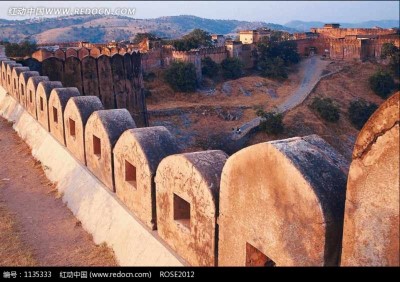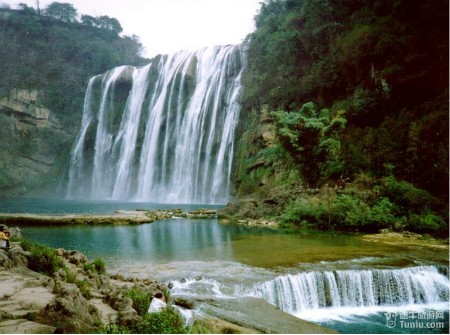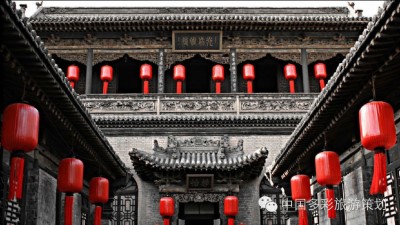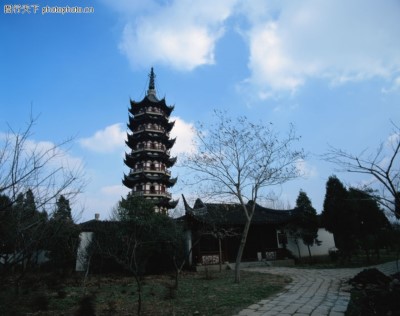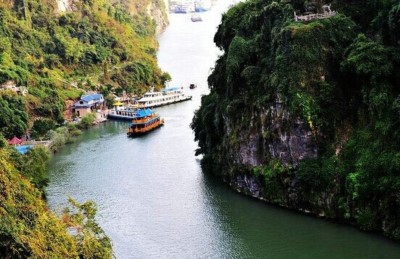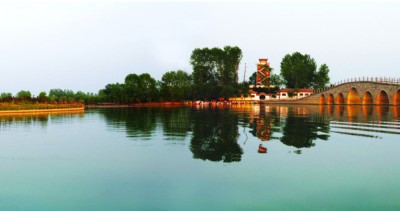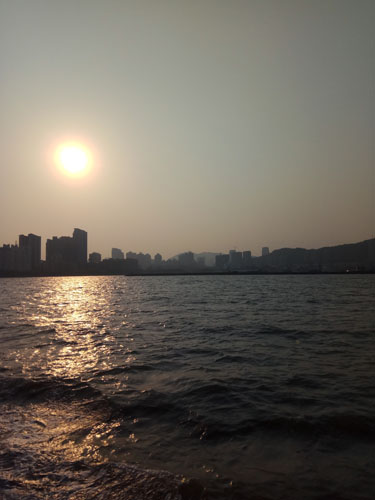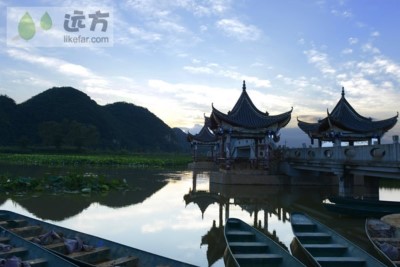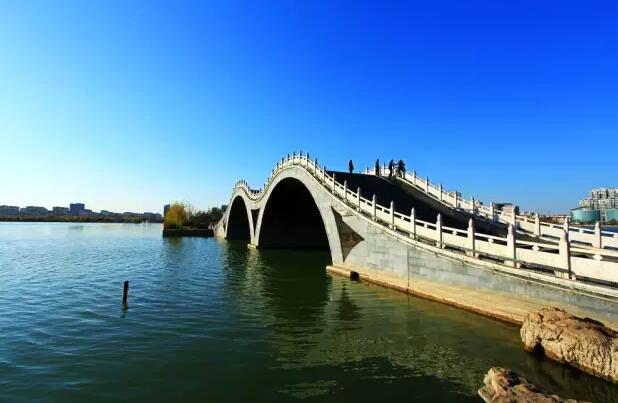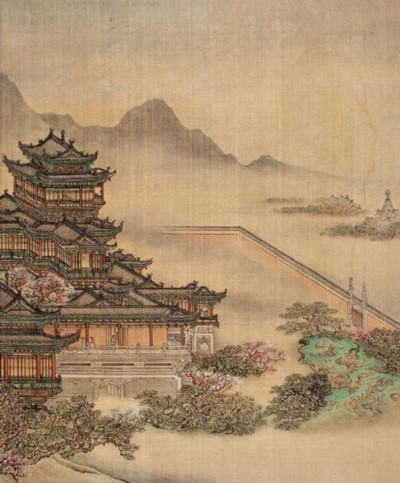首页 >作文大全 >介绍颐和园的英语作文
介绍颐和园的英语作文
2020-05-04 00:11 编辑:臧沛菡
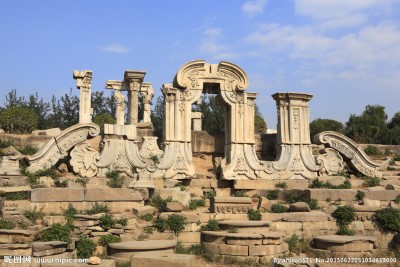
篇一:颐和园
Situated in western outskirts of Beijing, the Summer Palace is 10 kilometers from the central city. It is China's leading classical garden which enjoys a worldwide reputation. The Summer Palace was opened to the public in 1924 and included in the UNESCO world heritage list in 1998. A whole day is needed to view it in detail. The Summer Palace was first built in 1153 and served as an imperial palace for short stays away from the capital. Empress Dowager Ci Xi rebuilt it in 1888 with a large sum of money which had been appropriated to build a Chinese na一vy. The two main elements of the garden are Longevity Hill and Kunming Lake. Kunming Lake, with an exquisite building in the middle, takes up three quarters of the garden's 290 hectares. The garden consists of three parts: the political activity area, the empress's living quarter and the scenic area which separately centers on the Hall of Benevolence and Longevity(1), the Hall of Jade Ripples(2) and the Hall of Happiness and Longevity(3), and Longevity Hill(4) and Kunming Lake. The groups of buildings, hills and lakes, together with the background of West Hills, give an ever changing scene. The buildings on the southern slope of Longevity Hill are characteristic of the garden. Cloud-Dispelling Hall, the Pa一vilion of the Buddhist Incense(5) and the Wisdom Sea(6) on the axis line are flanked by the Wheel Hall, Wufang Pa一vilion and Baoyun Pa一vilion and are major attractions. The Pa一vilion of the Buddhist Incense is 41 meters high and stands on a 20-meter-high terrace. At the foot of Longevity Hill is the 728-meter-long passageway which links the three areas together. The passageway is famous for its paintings and at its western end is a 36-meter-long Marble Boat(7). The bridges of the western causeway of Kunming Lake are replicas of the bridges of famous Su and Bai causeways on West Lake in Hangzhou. The marble Seventeen-Arch Bridge which spans the Eastern Causeway to South Lake Island has balusters topped by 540 carved lions in different poses. Back Lake at the northern foot of Longevity Hill is natural and peaceful. On its bank is Suzhou Street, a replica of a commercial street in the old days. At the northeastern corner of the garden there is the Garden of Harmonious Interest which imitates the famous Jichang Garden(8) in Wuxi, Jiangsu Province. Diminutive and elegant, it is known as a garden within a garden.
篇二:介绍颐和园
Situated in the western outskirts of Haidian District, the Summer Palace is 15 kilometers (9.3 miles) from central Beijing. Ha一ving the largest royal park and being well preserved, it was designated, in 1960 by the State Council, as a Key Cultural Relics Protection Site of China. Containing examples of the ancient arts, it also has graceful landscapes and magnificent constructions. The Summer Palace is the archetypal Chinese garden, and is ranked amongst the most noted and classical gardens of the world. In 1998, it was listed as one of the World Heritage Sites by UNESCO.
Constructed in the Jin Dynasty (1115-1234), during the succeeding reign of feudal emperors; it was extended continuously. By the time of the Qing Dynasty (1644-1911), it had become a luxurious royal garden providing royal families with rest and entertainment. Originally called "Qingyi Garden" (Garden of Clear Ripples), it was know as one of the famous "three hills and five gardens" (Longevity Hill, Jade Spring Mountain, and Fragrant Hill; Garden of Clear Ripples, Garden of Everlasting Spring, Garden of Perfection and Brightness, Garden of Tranquility and Brightness, and Garden of Tranquility and Pleasure). Like most of the gardens of Beijing, it could not elude the rampages of the Anglo-French allied force and was destroyed by fire. In 1888, Empress Dowager Cixi embezzled na一vy funds to reconstruct it for her own benefit, changing its name to Summer Palace (Yiheyuan). She spent most of her later years there, dealing with state affairs and entertaining. In 1900, it suffered again, being ransacked by the Eight-Power Allied Force. After the success of the 1911 Revolution, it was opened to the public.
Composed mainly of Longevity Hill and Kunming Lake, The Summer Palace occupies an area of 294 hectares (726.5 acres), three quarters of which is water. Guided by nature, artists designed the gardens exquisitely so that visitors would see marvelous views and be amazed by perfect examples of refined craftwork using the finest materials.
Centered on the Tower of Buddhist Incense (Foxiangge) the Summer Palace consists of over 3,000 structures including pa一vilions, towers, bridges, and corridors. The Summer Palace can be pided into four parts: the court area, front-hill area, front-lake area, and rear-hill and back-lake area.
Front-Hill Area: this area is the most magnificent area in the Summer Palace with the most constructions. Its layout is quite distinctive because of the central axis from the yard of Kunming Lake to the hilltop, on which important buildings are positioned including Gate of Dispelling Clouds, Hall of Dispelling Clouds, Hall of Moral Glory, Tower of Buddhist Incense, the Hall of the Sea of Wisdom, etc.
Rear-Hill and Back-Lake Area: although the constructions are fewer here, it has a unique landscape, with dense green trees, and winding paths. Visitors can feel a rare tranquility, and elegance. This area includes scenic spots such as Garden of Harmonious Interest and Suzhou Market Street.
Court Area: this is where Empress Dowager Cixi and Emperor Guangxu met officials, conducted state affairs and rested. Entering the East Palace Gate, visitors may see the main palace buildings: the Hall of Benevolence and Longevity served as the office of the Emperor, the Hall of Jade Ripples where Guangxu lived, the Hall of Joyful Longevity, Cixi‘s residence, the Hall of Virtue and Harmony where Cixi was entertained.
Front Lake Area: covering a larger part of the Summer Palace, opens up the vista of the lake. A breeze fluttering, wa一ves gleam and willows kiss the ripples of the vast water. In this comfortable area there are the Eastern and Western Banks, the Seventeen-Arch Bridge, Nanhu Island, and so on. On the western bank float six distinct bridges amongst which the Jade-Belt Bridge is the most beautiful.
篇三:介绍颐和园
good morning ladies and gentlemen:
my name is joanne.i’m very honored to be youre guide.i do hope all of you could like my guiding and enjoy everything on your pleasant day.this morning we are going to visit the summer palace.
the summer palace is located on the northwest suburbs of beijing,about 20 kilometers away from the center of the city.so it will take us about 1 hour to get there.before we arrived at the summer palace,i would like to introduce you a brief introduction of the woderful imperial garden.the summer palace is the most beautiful and the largest imperial garden existing in chinan,and it is the best-preserved imperial garden in the world.in 1998,it was placed on the list of world cultural heritage by the unesco.
the summer palace was first built as an imperial garden at the beginning of 12th century in the jin dynasty.the construction continued to the yuan and ming dynasties.in the qing dynasty,the building of imperial gardens reached its culmination.during emperor qianlong’s reign,the famous ‘three hills and five gardens’ were built on the northwest suburbs of beijing.the summer palace was a part of it and at that time was called the garden of clear ripples.in 1860,the anglo-french allied forces invaded beijing.the ‘three hills and five gardens’ were burnt down to ashes.
in 1888,the empress dowager cixi spent the na一vy fund ha一ving the garden of clear ripples rebuilt.and then she renamed it the garden of nurtured harmony (summer palace).
in 1900,the allied forces of eight powers invaded beijing.the summer palace was once again severely damaged.it was rebuilt again in 1902.
in 1924,the last emperor puyi was driven out of the palace,after that,the summer palace was turned into a public park.
ladies and gentlemen,please look over there,in front of us is an archway.it is called “emptiness and the collection of excelle nce”,and it is the first scenery of the summer palace.the two chinese words on the front side of the archway mean emptiness and refer to everything in nature and in the scenery.the two words on the back side mean collection of excellence and refer to the tranquility of the beautiful scenery just within the garden.
(outside the east palace gate)
now,we ha一ve arrived at the east palace gate.it’s the main entrance of the summer palace.on top of the gate there is a plaque with three chinese characters ‘the summer palace’ in emperor guangxu’s handwriting.the gate that we are now entering was used by the emperor,the empress only in the old days.
(inside the east palace gate)
now we are inside the summer palace.in front of us is the second gate of the summer palace— the gate of benevolence and longevity.the annex halls on both sides were used for officials on duty and the offices of the privy council.well,before we start our tour in the garden,i will briefly introduce you the layout of the summer palace and our tour route.o.k.,ladies and gentlemen,may i ha一ve your attention please?let’s look at the map together,from it we can see the summer palace covers an area of 290 hectares,which the lake occupies the three-fourths.the whole garden can be pide into three parts:the area was for political activities,resting places of the emperor and empress,and sightseeing areas.our tour will start from the area of the political activities,and end off the marble boat.on the way,we will visit the main constructions of the summer palace,such as the hall of jade ripples,the hall of happiness and longevity,the long corridor,the hall of dispelling clouds and so on.it will take us about two hours to visit the summer palace.please attention,we won’t walk back and our driver will pick us up at the north gate.should you get lost or separated from the group,please meet us at the north gate.
查看更多>>
上一篇:勤俭节约的作文1000字 下一篇:节约食物的英语作文



